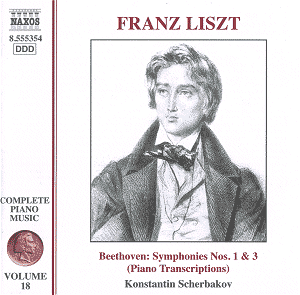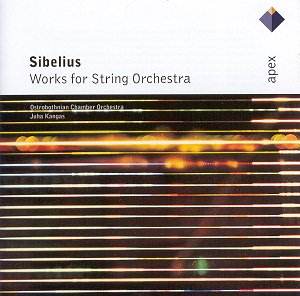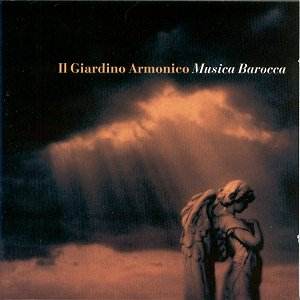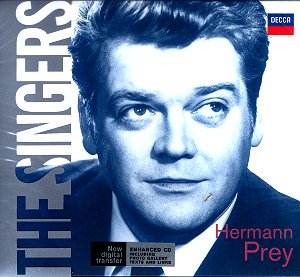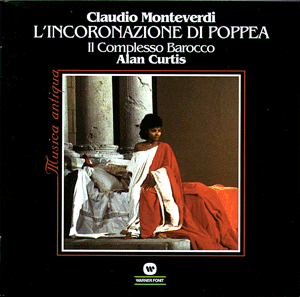 Composer: Claudio Monteverdi
Composer: Claudio Monteverdi
Works: L’Incoronazione di Poppea (The Coronation of Poppea)
Performers: Carolyn Watkinson (soprano, Nerone), Judith Nelson (soprano, Drusilla), Peter Ratinckx (countertenor, Amore), Henri Ledroit (alto countertenor, Ottone), Carmen Balthorp (soprano, Poppea), Andrea Bierbaum (mezzo-soprano, Ottavia), Ulrik Cold (bass, Seneca)
Recording: Live performance, Theatre La Fenice, Venice, Italy, September 1980
Label: Warner Fonit: Music Antiqua 8573 84065-2
Claudio Monteverdi, a luminary of early opera, stands at the confluence of Renaissance and Baroque music, his works embodying a profound emotional depth that resonates through the ages. Among them, “L’Incoronazione di Poppea,” premiered in 1642, marks a pivotal moment in operatic history, being the first to depict a story based on historical rather than mythological or biblical themes. This opera, with its exploration of desire and moral ambivalence, offers a rich tapestry of human emotion intertwined with the political machinations of ancient Rome. The present recording, a live performance from La Fenice, seeks to recreate a sound world reflective of Monteverdi’s original intentions, albeit through an interpretive lens that is both scholarly and artistically daring.
The interpretation led by Alan Curtis presents a fascinating approach towards authenticity. Curtis’s efforts to strip away later interpolations and offer a version closer to what might have been experienced in 1642 is commendable, though it raises questions about the balance of historical fidelity and contemporary sensibility. The orchestration, featuring a harpsichord and a small ensemble, is placed prominently in the mix, allowing for a clear articulation of the instrumental lines but often at the expense of the vocalists, who, despite their commendable performances, inhabit a soundscape that overemphasizes the continuo.
The performances by the soloists are noteworthy, particularly Carolyn Watkinson as Nerone, whose vocal color is rich and commanding. She navigates the emotional arc of her character with a deftness that captures both the seduction and the tyranny inherent in her role. Judith Nelson’s Drusilla stands out with her lyrical phrasing, offering a poignant contrast to the more tempestuous characters around her. Carmen Balthorp’s portrayal of Poppea, while expressively sung, occasionally lacks the sustained power that the role demands, particularly in the more climactic moments. The ensemble’s singing, especially in the more intricate passages, reveals a commendable cohesion, although the absence of a definitive score makes some of their choices feel tentative rather than assured.
Recording quality poses a challenge; the live nature of the performance leads to an unpolished sound that some listeners may find distracting. The voices often recede into the background, overshadowed by the forward placement of the harpsichord, creating an imbalance that detracts from the emotional impact of the arias and recitatives. This is particularly evident in the moments of high drama, such as Seneca’s farewell, where the vocal line struggles to penetrate the orchestral texture. The presence of stage noises, though minimal, further underscores the live setting’s inherent limitations, which may not satisfy those accustomed to the pristine clarity of studio recordings.
Comparatively, while this recording offers a unique historical insight, it may not supplant more polished interpretations that have emerged over the years. The 1962 Glyndebourne production, for instance, presents a fully orchestrated version that embraces modern interpretations while maintaining the opera’s core emotional intensity. Such recordings allow for a more refined interplay between voice and orchestra, drawing the listener into Monteverdi’s intricate web of intrigue and passion with greater immediacy.
The presentation of this recording is thoughtful, featuring a libretto and a synopsis that, while lacking a translation, provides sufficient context for the uninitiated. However, the absence of vocal register information may pose a barrier for those seeking deeper engagement with the score’s technical demands. This could be perceived as a missed opportunity to enhance the educational value of the recording.
The live performance of “L’Incoronazione di Poppea” captured here provides a glimpse into Monteverdi’s masterful storytelling and innovative musical language. While the interpretive choices and sound quality present notable challenges, the commitment of the performers to the emotional essence of their roles ultimately shines through. This recording serves not only as a historical document but also as a reminder of the enduring power of music to capture the complexities of human experience, making it a worthy addition to the catalog of Monteverdi’s operatic legacy.
